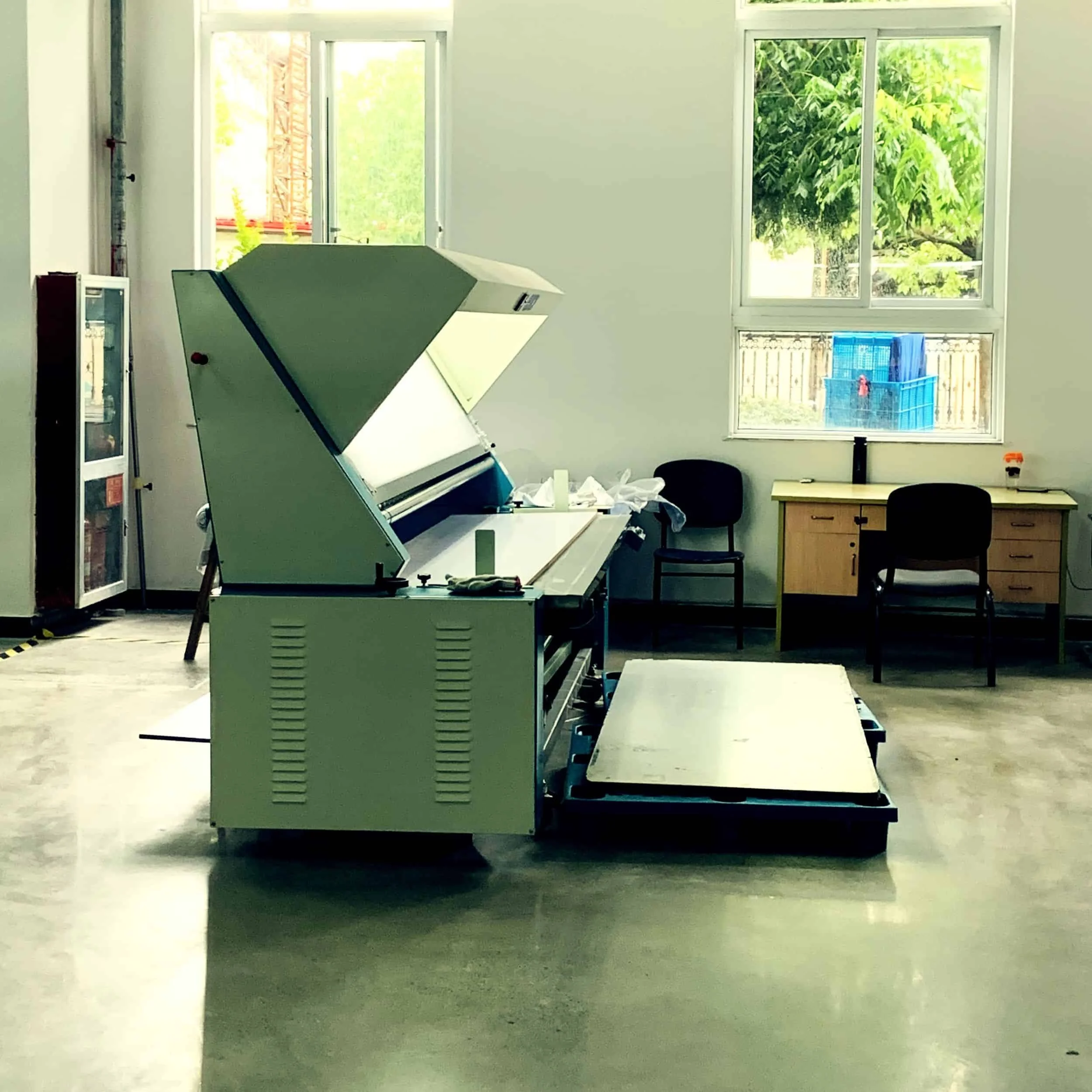Too Little, Too Late: Why Quality is a System, Not an Inspection
Is Poor Product Quality Damaging Your Brand?
Quality can’t be left to chance—or to the final inspection. Final inspections can confirm quality, but they can’t create it. If you’re only checking at the end, you’re not managing risk—you’re just recording the mistakes.
In this guide, I’ll explain the critical difference between QC and QA, share a practical QA framework to take control of quality, and provide a Factory Evaluation Guide that shows you where quality is actually made—or lost—on the production floor. Let’s get started.
What Your AQL Report Misses: Root Causes of Quality Failure
Another final inspection. Another AQL report. Another failure.
The problem? AQL reports only tell you what’s wrong. They don’t explain why it’s wrong. They don’t uncover the root cause of your repeated quality failures, and they won’t stop those failures from happening again.
Here’s what could be happening with your next order:
Hidden subcontracting: Under pressure from order volume, pricing, or unrealistic delivery dates, suppliers can subcontract to unknown, unevaluated units.
Understaffed supplier QC: Supplier QC teams are often stretched thin across multiple sites. Even when present, they may only identify defects—they rarely have the authority or resources to correct them.
Integrity risks: In some cases, informal “incentives” influence inspectors to overlook problems.
Factories working blind: The unit actually stitching your garments might have zero experience with your brand or your quality expectations. Your documented standards may never even reach them.
No internal QC: Many of these subcontracted factories have no internal QC function, relying entirely on occasional supplier checks. Without embedded quality checkpoints, they are perpetually firefighting errors rather than preventing them.
Final inspection in this environment isn’t a safeguard; it’s an autopsy. It reveals defects already sewn into your products, neatly packed and ready to ship. By then, you face an agonising choice: ship flawed goods, or absorb massive losses from delays, rework, or cancellations. Neither outcome protects your brand.
If this sounds familiar, keep reading—because there is a better way.
QC vs QA: Why Proactive Quality Assurance Protects Your Brand
Quality Control (QC) and Quality Assurance (QA) are related but fundamentally different:
Quality Control (QC – Reactive): QC activities detect and correct defects in finished goods. It’s necessary, but inherently limited. QC tells you what went wrong, but only after you’ve already incurred the cost of failure. Final inspection is QC—it finds and fixes issues at the last stage. QC can be considered an element of the larger QA process.
Quality Assurance (QA – Proactive): QA is the preventative framework. It designs and embeds quality into every stage—from design and sourcing through manufacturing and packing. QA eliminates root causes before they become defects. It means defining standards, building processes, and training people so that work is done right the first time.
If you’re not actively defining, driving, and enforcing QA across your supply chain, you’re effectively outsourcing the protection of your reputation—to parties whose priorities (cost and speed) may directly conflict with yours. Solely relying on supplier-managed QC is, intentionally or not, an abdication of brand responsibility.
Taking Control: A 3-Step Framework for Brands
Shifting from reactive QC to proactive QA starts with you, the brand. Major retailers often have dedicated QA teams, but even start-ups and solo operators can take control without being experts or hiring specialists. This isn’t textbook theory; it’s a proven, actionable starter framework. I’ve used it successfully, and so can you.
1. Own Your Standards
Building Your Quality Manual
Start by creating a comprehensive Quality Manual—a clear, unambiguous set of requirements covering everything from sampling, construction methods, and fabric standards to labelling, branding, packing, and product safety. This becomes your baseline reference. Every supplier and factory must have it, understand it, and work with it.
2. Your Supplier’s QC Team
The Questions that Reveal Reality
Don’t rely on assumptions. Ask suppliers about their own QC structure: how many factory QCs they employ, how they’re assigned to production runs, how often they visit the factory floor, and how their findings are reported and resolved. Their answers reveal how seriously they take quality and where risks might be hiding.
3. The Factory Reality Check
Where Your Quality is Made - or Lost
Even the best Quality Manual won’t protect you if the factory lacks basic systems. Your brand’s quality lives or dies on the production floor, so spend time there. Observe how operations are run, what controls exist to protect your standards, and—crucially—what’s missing. This is where you’ll see if defects are being prevented or simply corrected after the fact.
From Framework to Field: Your Guide to Evaluating the Factory
Your QA framework defines the “what.” Now it’s time to tackle the “how.” Even the best Quality Manual won’t protect you unless the factory has embedded quality controls. The following guide shows you exactly what to look for inside a production unit—practical checkpoints that reveal whether the factory prevents defects or just reacts to them.
The Factory Floor Test: How QC Authority Shapes Results
Your first question should always be:
“Show me how you control quality.”
If the factory owner introduces you to the QC manager, and together they walk you through checkpoints from the fabric warehouse to finishing, you’re seeing a functional system. If instead they gesture vaguely toward the supplier’s QC or the team trimming threads as your “quality guardians,” that’s a red flag.
A factory without dedicated QC has zero accountability. QC staff multitasking between unrelated jobs is divided focus and a conflict of interest. That’s not a quality system; it’s a liability.
Textbook theory says a factory should have a QC manager reporting to management, supported by a team covering all production stages. Reality check: Many small factories in China with 50–100 workers don’t invest in that. Some have no QC function at all and rely entirely on supplier support. Be aware—and assess risk accordingly.
Stopping Defects Early: In-Line and End-of-Line QC Essentials
If I had to pick one essential QC checkpoint, it would be the sewing section. Always. Here’s why:
In Line QC
Roving inspectors conduct random checks at key sewing operations, comparing workmanship to approved standards. This identifies defects early, allowing immediate corrective action before errors continue.
Look for colour-coded cards on machines—a Traffic Light System (TLS). Inspectors test samples and assign:
Green: No defects
Yellow: Minor defects
Red: Unacceptable quality
This motivates operators to improve and directs the inspector’s focus to problem areas.
One inspector across multiple lines isn’t ideal, but it’s far better than none.
End of Line QC
I’ve spent more hours here than with merchandisers and management combined—for good reason. This is where you get a real-time snapshot of quality and still have a chance to fix defects.
Inspectors conduct a 100% visual check (inside and out) of garments coming off the sewing line. A defined percentage (e.g., 10%) of key measurements are checked against specs. Garments are segregated pass/fail immediately. Rejected goods are returned for repair or removed.
Many factories skip in-line QC, and some brands accept that. But any unit lacking end-of-line QC crosses into manufacturing recklessness. This isn’t just cutting corners; it’s negligence.
My verdict: it’s a deal breaker. Don’t be swayed by promises of improvement plans. If management allows zero control, walk away.
Other Critical Quality Checkpoints You Can’t Ignore
Of course, even the best QC teams fail if production begins on the wrong footing. That’s why a Pre-Production Meeting, led by the supplier’s QC and attended by all key departments from the factory, is critical. It locks in standards and expectations before cutting begins. Once production is underway, these are the checkpoints you can’t afford to ignore:
Raw Materials Warehouse
Fabric: Minimum 10% of incoming rolls checked on an inspection machine using the 4-point system. Keep records.
Trims: Random checks against standards, especially for colour matching.
Cutting Section
Accuracy: 10–20% random check of major cut panels (top, middle, bottom of lay) against hard patterns.
Defects: 10–20% random check of cut panels for defects missed earlier or introduced during spreading/cutting.
Ply Numbering: Every cut piece marked with Style, Size, Colour, Ply Number—essential to avoid mixing and shading.
Finishing Section
Initial Finishing: 100% visual check (inside and out) after operations like buttonholing and snap attachment, before pressing.
Pull Test: Apply specified force to a sample from each batch to confirm attachments won’t come off.
Thread Trimming: Numerous uncut threads can count as a major defect. Treat trimming as a checkpoint, not an afterthought.
Final Finishing: 100% visual check after pressing, before tagging and packing. The last line of defence before final inspection.
Stop Inspecting Failure. Build Quality into Your System
The evidence is clear:
Final inspection is a failure report. It finds problems far too late, when fixes are limited and costly.
Reactive QC creates a costly cycle. Chasing defects after the fact leads to delays, rework, returns, and brand erosion.
Proactive QA is the only path forward. Building quality into the system—from design through every production step—is how you achieve consistent, cost-effective results and protect your reputation.
The time for passive reliance on suppliers and final checks is over. Your brand’s integrity demands proactive ownership of quality.
Quality excellence is never an accident. It’s the result of deliberate systems, uncompromising standards, and relentless execution. Stop documenting failure at the last hour—start building prevention into your manufacturing today.
Quality systems are another of my seven factory audit pillars. To see how they fit into the full picture, read From Risk to Reliability: A Practical Guide to Apparel Factory Technical Audits.
If you’re ready to move from reactive fixes to proactive systems, let’s talk about building quality into every stage of your production.







